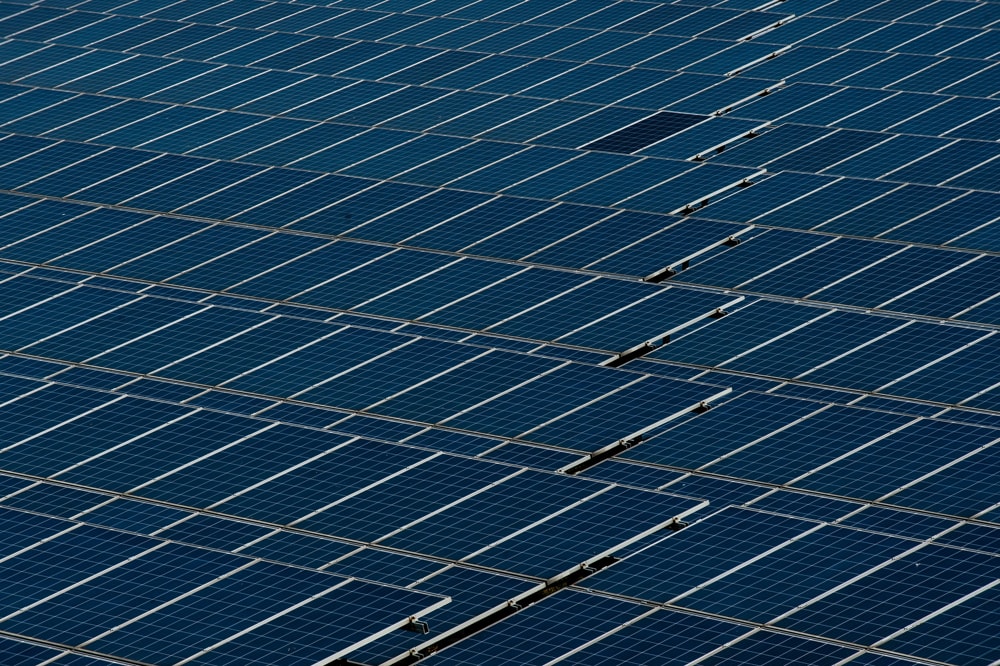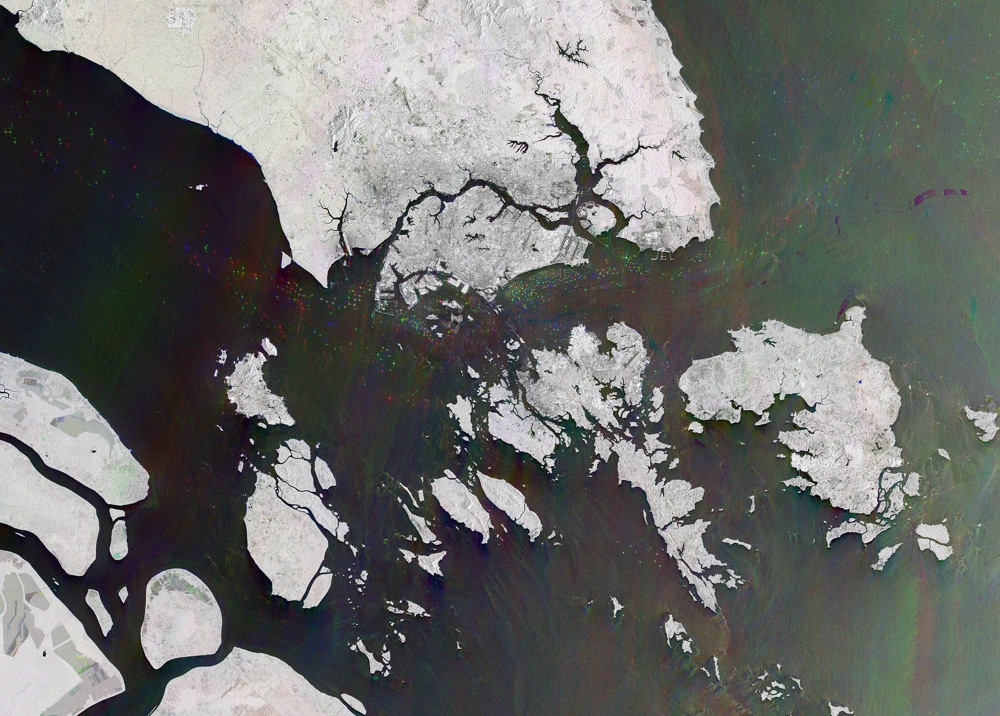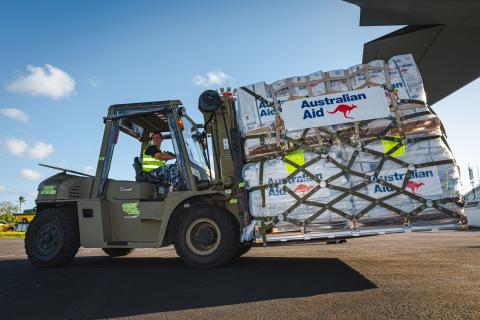In The Interpreter this week, Roland Rajah presented five reasons for establishing a Development Finance Institution (DFI). While he makes a good case, like any major policy change, it is important that the government goes into it with “eyes wide open”. To further the debate, this article puts six reasons why government should be cautious about setting up an Australian DFI.
1. An Australian DFI must not crowd out our investment in the multilaterals
Australia already has substantial capital invested in the World Bank and its International Finance Corporation, the Asian Development Bank, and the Asian Infrastructure Investment Bank. Any reduction in our investments in these DFIs would reduce the country’s influence in these institutions.
This influence is important in encouraging the adoption of Australia’s standards in regard to safeguard mechanisms to protect the vulnerable and in directing financing to countries in this region, in particular to Pacific Island countries. There would be a temptation for government to reduce funding to these DFIs to finance Australia’s own DFI.
Yet the world really needs the economic multilateral institutions to address myriad problems, not least climate change and unsustainable debt burdens facing too many low-income countries.
Corollary 1: The DFI must be in addition to the current investment in the multilateral DFIs. Moreover, greater engagement with these institutions will be needed if an Australian DFI is to add, not just to the pool of finance but also to the pool of talent needed to source, negotiate and manage investments.

2. The trade-off between leveraging private capital, additionality, and development benefits must be recognised
The rhetoric of leveraging up private sector finance is highly attractive to politicians. But the higher the leverage sought, the:
- greater the risk of crowding out due to the need to focus on projects that have a clear cash flow
- less likely the DFI will deliver returns in terms of development benefits that are more diffuse and harder to monetise
- larger the government contribution to taking on the riskier tiers of capital.
Corollary 2: Investment assessments must consider the more diffuse development benefits as well as the financial flows. Government must clearly state how much risk they are willing to take and report the contingent liabilities (which may or may not have budget accounting implications).
3. The DFI should bring expertise as well as money to the investments it finances
Competition between DFIs can be a good thing, but it can potentially expose DFIs to political manipulation as recipient businesses and governments seek the best deals from their perspective. A focus on getting a piece of the action could absorb the DFI staff resources, leaving less for the more challenging task of financing investments that have more diffuse development benefits.
Corollary 3: The DFI must bring more than finance to the table. A commitment to investing in areas where Australia brings expertise would reduce the downside of competition. Australia’s experience with the Clean Energy Finance Corporation, as well as the massive financing needs in the region for climate mitigation and adaptation, suggest that a DFI in this area might be able to add more value than just money.

4. The DFI must be a substantial and long-term bipartisan commitment
Scale is important in managing the risk associated with investments of the nature envisaged for the DFI. The sophistication required to manage the negotiations takes time to develop, making the early years of a DFI vulnerable to less optimal investments. To have any chance of success, a DFI must have a substantial capital and long-time horizon. It is not a policy option that can be turned on and off as governments or the political mood change.
Corollary 4: Bipartisan support is essential for establishing a DFI, as is a commitment to sufficient scale to warrant the high fixed costs of building the capabilities to manage the institution.
5. The Official Development Assistance program can support but must not be directed by the DFI investment program
Australia established the Australian Infrastructure Financing Facility for the Pacific (AIFFP) with a mix of $500 million in grant funding (from the Official Development Assistance (ODA) budget) and $1.5 billion in loan funding. Given the economic impacts of the pandemic, the international rules in relation to concessionality of lending to low-income countries means that this grant-to-loan ratio is likely to increase.
While the current government has not continued with the Coalition government’s policy of capping the ODA budget, so that any increase in one area came at the cost of cuts to other programs, a DFI adds another potential claimant on the ODA budget.
Corollary 5: The DFI design must ensure that the ODA program will not be captured by requirements to support the DFI lending (or other financing instruments). Complementarities should be encouraged, and there may be grant investments that prepare or improve a loan investment, but the ODA allocation decisions must be kept separate to the DFI decisions.
6. Any DFI that brings all development-related financing under one entity must be well resourced
In addition to the investment in the AIFFP, the Australian government has made substantial loans to the PNG government under the Australian International Monetary Agreements Act. An Emerging Markets Investment Facility (EMIF), which largely invests in other funds that invest in small and medium-sized businesses, has been funded from ODA. Export Finance Australia (EFA) makes loans on the National Interest Account and provides back-office functions for the AIFFP.

While AIFFP can make loans to governments, government businesses or the private sector, it is a long way short of a DFI. Some have argued that these disparate activities would be better coordinated under a DFI, but this assumes there are complementarities beyond the value of having EFA provide back-office services. Given the expertise required to source, negotiate and manage investments in each of these areas is very different, bringing all the current government development-related lending under one institution is likely to be a very complex exercise. It will likely require legislative change and revisiting the roles of both Treasury and the Department of Foreign Affairs and Trade in managing development finance.
Corollary 6: The DFI must not be seen as a cost-cutting exercise. Provisioning for the operational costs of the DFI must be based on a detailed analysis of the gains, if any, in efficiency and effectiveness of bringing these disparate activities together.
As soon as public money is on the table, there will be a line of players looking to “clip the ticket”. The financial sector is particularly good at this. The fact that (most) governments can borrow at one rate and lend out at a higher rate is not a justification for government becoming a financier for all sorts of risky lending.
Indeed, establishing a DFI is likely to lead to calls by others for a similar approach to meet their financing needs. An Australian DFI might be a useful instrument for Australian governments to pursue development goals in the region. But it could also turn into a costly blunder.
A product of the Lowy Institute Indo-Pacific Development Centre, with funding support from the Australian Department of Foreign Affairs and Trade.


